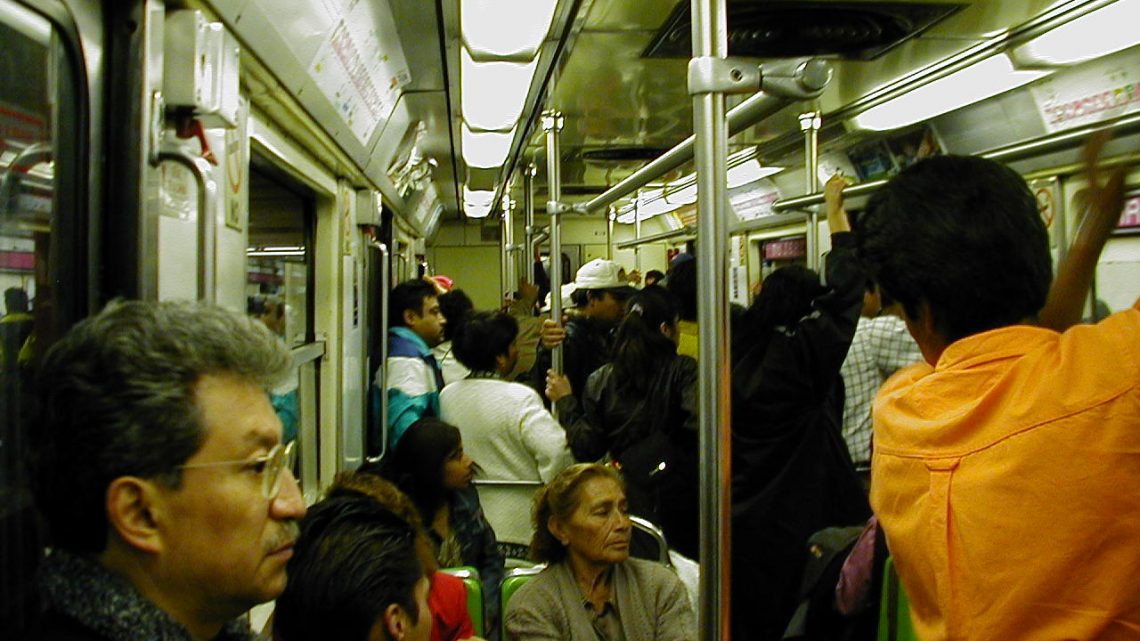Public transportation and rideshare applications are an easy and affordable way of traveling. However, there are certain risks we take when using these methods of transportation. Rideshare passengers have reported sexual harassment and assault by drivers and accidents on a subway platform or a bus can result in serious personal injuries such as brain and spinal cord damage or broken bones. Holding rideshare and government transportation agencies accountable for negligence in a personal injury claim can be complicated. Fortunately, there are some actions we can take to reduce the risk of an accident or crime against us.
Stay awake and alert.
After a long day of work, you may be tempted to take a quick nap on the ride back home, but this could make you an easy target for someone to steal your cellphone, bag or other belongings. Falling asleep could also make you miss your stop and you could wake up in an unfamiliar place and get lost. If you’re tired or feeling drowsy, try to keep yourself busy by playing a game or reading a book.
Don’t walk near the subway tracks.
In 2017 there were about 900 accidents on the subway tracks or platform in New York, a slip near the edge of the platform could cause you to fall onto the tracks and result in serious or even fatal injuries. Watch out for construction or slippery floor signs to avoid an accident. If you are traveling with an intoxicated friend, make sure they stay close to you and they don’t walk near the tracks. Don’t use your cellphone and walk at the same time, the distraction could cause you to walk too close to the tracks and get into an accident.
Pay attention to the route.
It’s recommended that you follow the driver’s route on your own GPS to make sure that they don’t take a wrong turn or take you to a dangerous place where they may take advantage of you.
Make sure city taxis and buses are official.
In the U.S. taxi drivers are required to display their permits, if you’re traveling out of the country, ask the locals how to identify if a taxi or bus are legitimate.
Try to dress modestly.
Don’t wear flashy jewelry or expensive clothing to avoid making yourself a target for thieves. If you can, remove any watches or rings and put them away before entering a subway station or crowded bus.
Keep your belongings close.
Keep bags, briefcases and cellphones close to you. You can store larger items in between your knees or feet. Keep your cellphone close to you and don’t store it in a backpack behind you or your back pocket. A cellphone can be easily pulled from your back pocket without you noticing it and someone can open a zipper from your backpack and take your things. Make sure your aware of your surroundings, it’s easier to get pick pocketed in crowded places.
Safety on Uber and Lyft.
When using a rideshare service, make sure that the license plate and the make, model and color of the car all match with the one on your app. Ask the driver what their name is before entering the vehicle and if they’re there to pick you up. There have been reports of people impersonating drivers and committing crimes against passengers. You can also share your route with a friend or family member, so they know exactly where you are and what is your estimated time of arrival to your destination.
If you ever feel unsafe, whether on public transportation a taxi or a rideshare vehicle, get off the ride. If you’re in a car, make an excuse and politely ask the driver if they can pull over. Pull over in a public area and take shelter at a store or business close by. Call a friend or family member and tell them about the situation and ask someone you know to pick you up. By practicing some of these safety measures we can avoid making ourselves a target for criminals and prevent an accident resulting in serious injuries.





No Comment